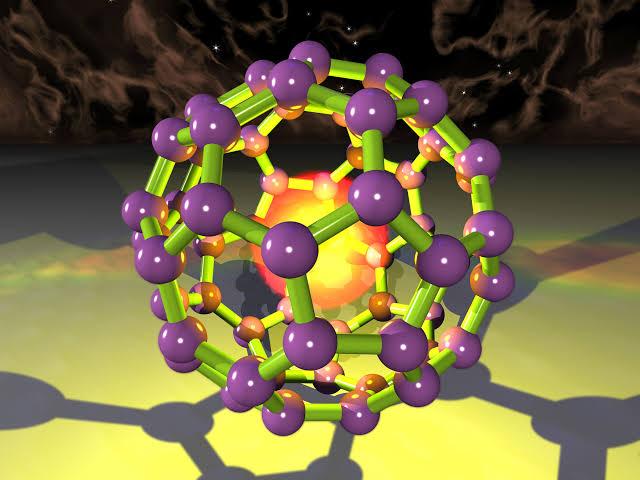Description

Disclaimer: Copyright infringement not intended.
In News
- Researchers are examining the fortress wall of Xi’an, an ancient city in China, by using tiny outer space particles that can penetrate hundreds of metres of stone surfaces. Known as muons, these particles have helped them find small density anomalies, which are potential safety hazards, inside the wall.
.jpeg)
What are muons?
- Muons are subatomic particles raining from space. They are created when the particles in Earth’s atmosphere collide with cosmic rays — clusters of high-energy particles that move through space at just below the speed of light.
- About 10,000 muons reach every square metre of the Earth’s surface a minute.
Fast Facts
- These particles resemble electrons but are 207 times as massive. Therefore, they are sometimes called “fat electrons”.
- Because muons are so heavy, they can travel through hundreds of metres of rock or other matter before getting absorbed or decaying into electrons and neutrinos. In comparison, electrons can penetrate through only a few centimetres.
- Muons are highly unstable and exist for just 2.2 microseconds.
Applications
Muon Tomography or Muography
- Muography is conceptually similar to X-ray but capable of scanning much larger and wider structures, owing to the penetration power of muons.
- As these high-energy particles are naturally produced and ubiquitous, all one needs to do is place a muon detector underneath, within or near the object of interest.
- The detector then tracks the number of muons going through the object from different directions, to form a three-dimensional image.
Muons and Archaeology
- The technique was first used in the late 1960s, when Nobel Laureate and US experimental physicist Luis Alvarez joined hands with Egyptologists to search for hidden chambers in the Pyramid of Khafre, Giza. Nothing was found at the time.
- However, in 2017, modern archaeologists repeated the experiment with more sophisticated and advanced muon detectors and stumbled upon a major finding.
- Scientists of the latest study also used a muon detector, called CORMIS (Cosmic Ray Muon Imaging System), to examine the wall of Xi’an city. Results were successful.

Uses of muography beyond archaeology
- Apart from archaeology, muography has found use in customs security, internal imaging of volcanoes and others.
- Around 2015, scientists used the technique to look inside the Fukushima nuclear reactors after the 2011 earthquake and tsunami in Japan. As the site was highly radioactive, they put the two muon detectors in 10 centimetres thick boxes to protect them from radiation and then carried out the scanning.
- Muography is also being used by researchers to analyse Mount Vesuvius, a volcano in Italy.
- With the help of this technique, researchers are trying to understand the finer details of the volcano’s internal structure. The data will play a crucial role in predicting what hazards to expect in an eventual eruption.
PRACTICE QUESTION
Q.Choose the correct answer with reference to the following statements.
A.Muons can travel through hundreds of metres of rock or other matter before getting absorbed or decaying into electrons and neutrinos.
B.Muon particles resemble electrons and are 207 times lighter than electrons in mass.
- A only
- B only
- Both A and B
- Neither A nor B
Answer: a
Explanation:
Muon particles resemble electrons but are 207 times as massive. Therefore, they are sometimes called “fat electrons”.

https://indianexpress.com/article/explained/explained-sci-tech/scientists-outer-space-particles-xian-city-fortress-muons-8423710/















